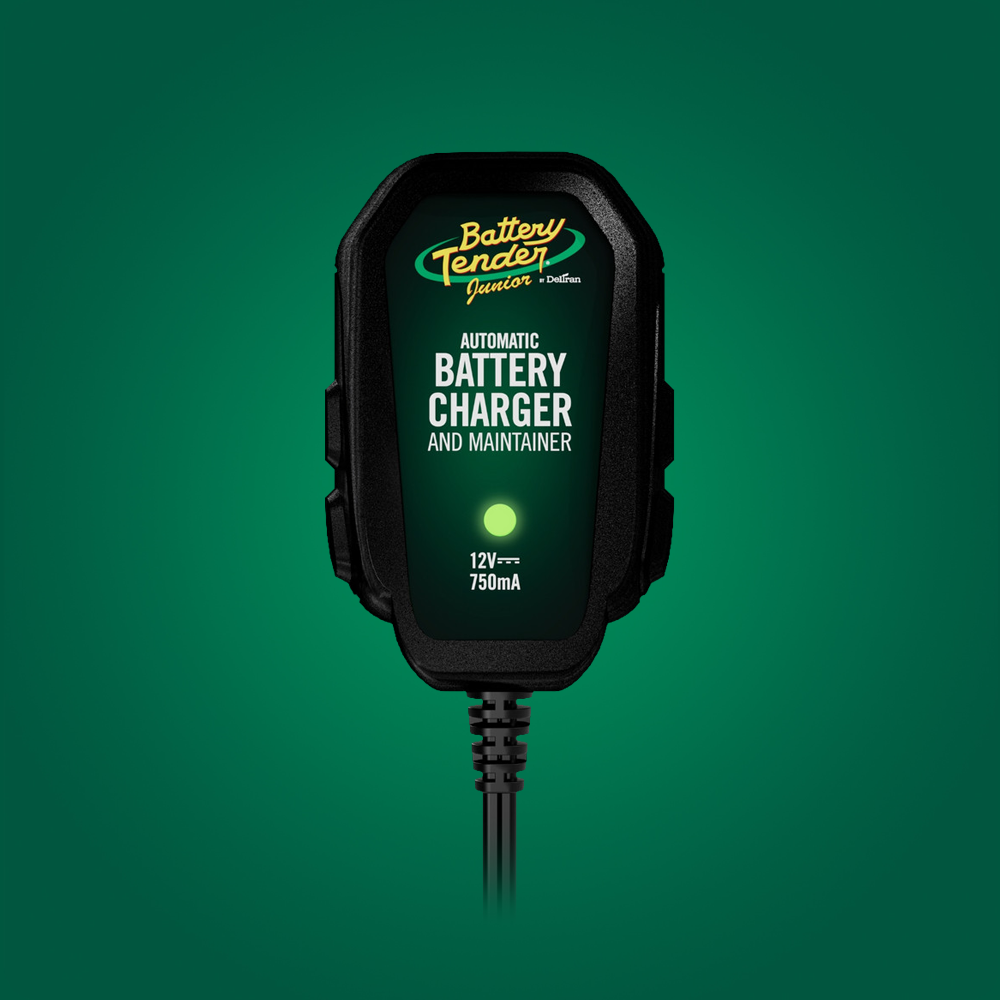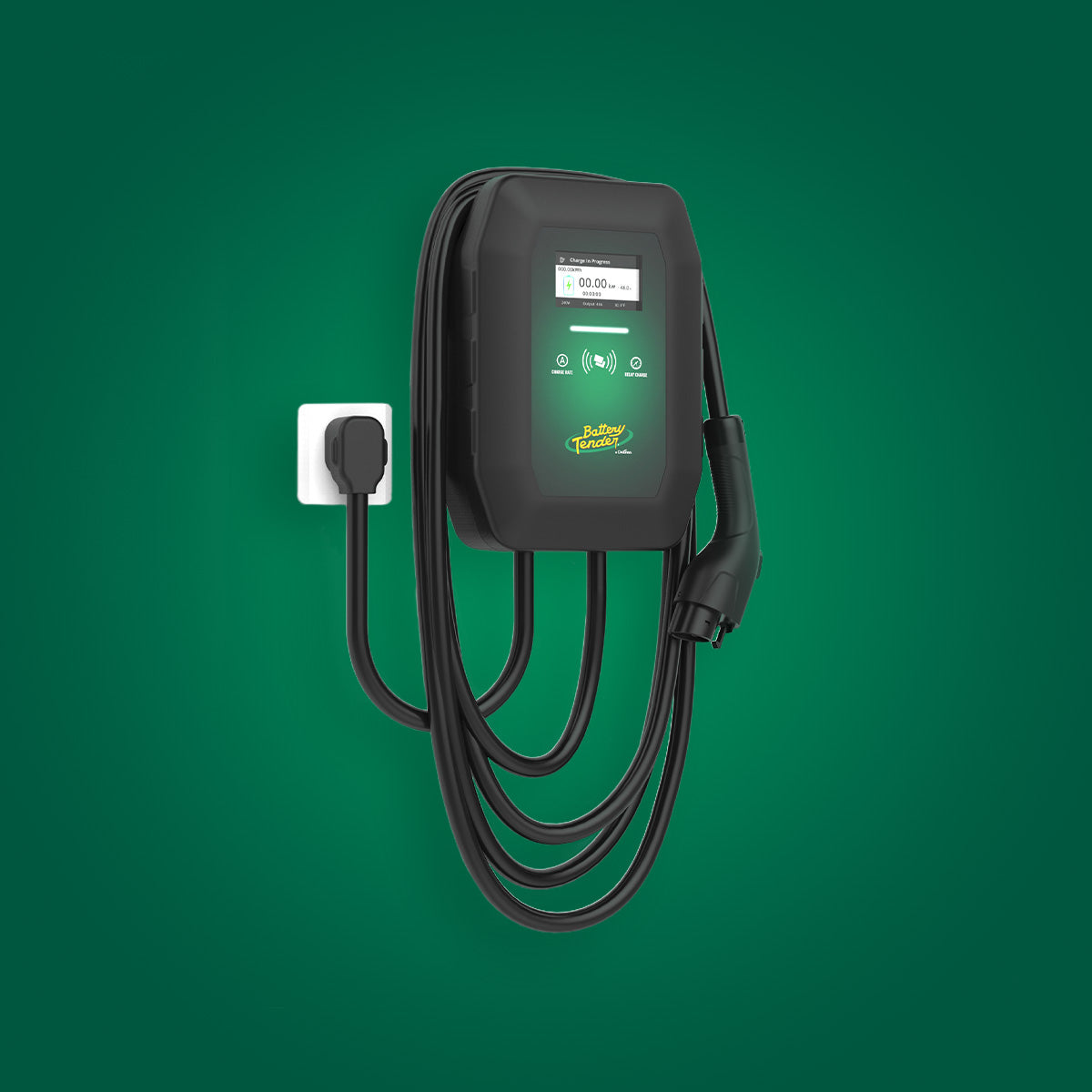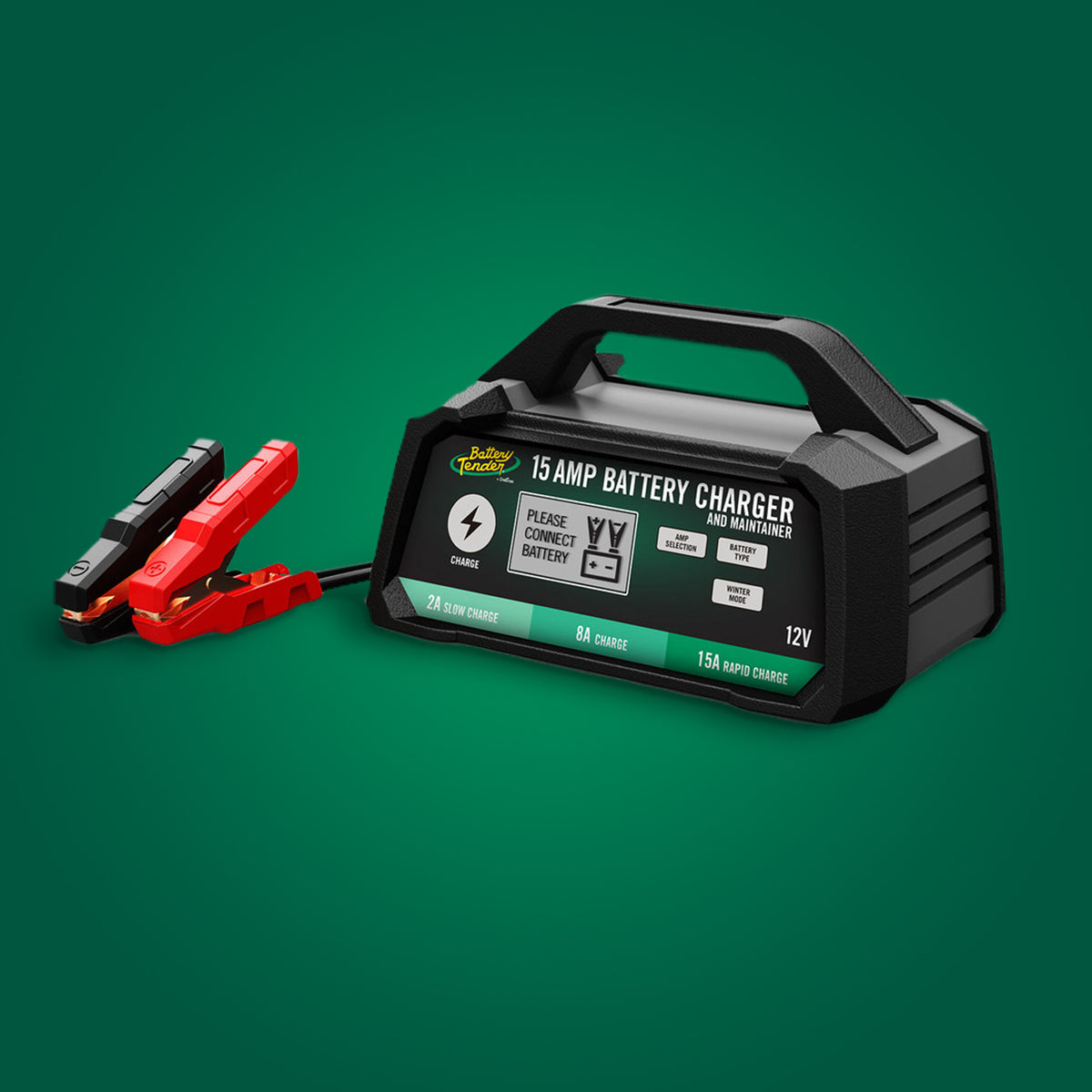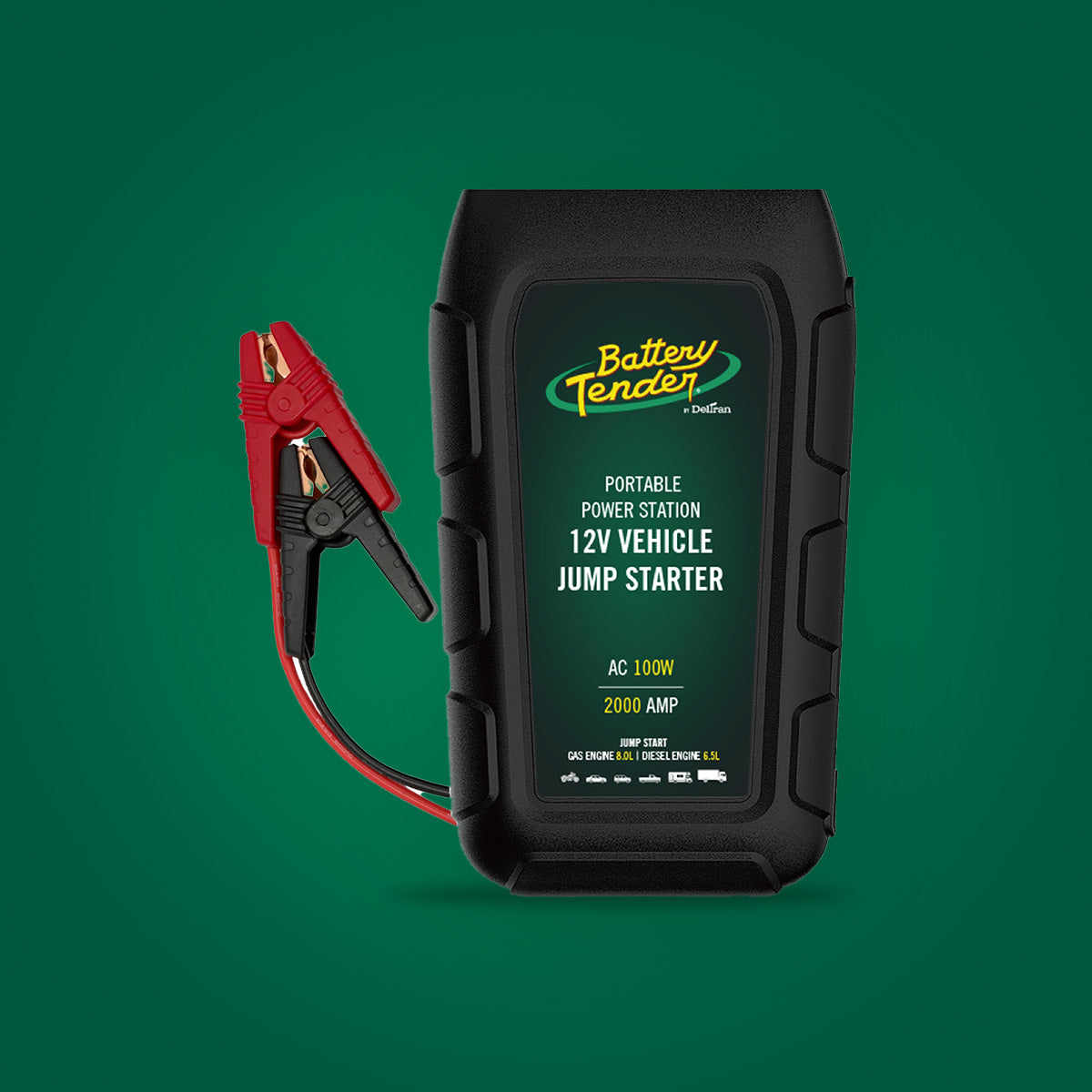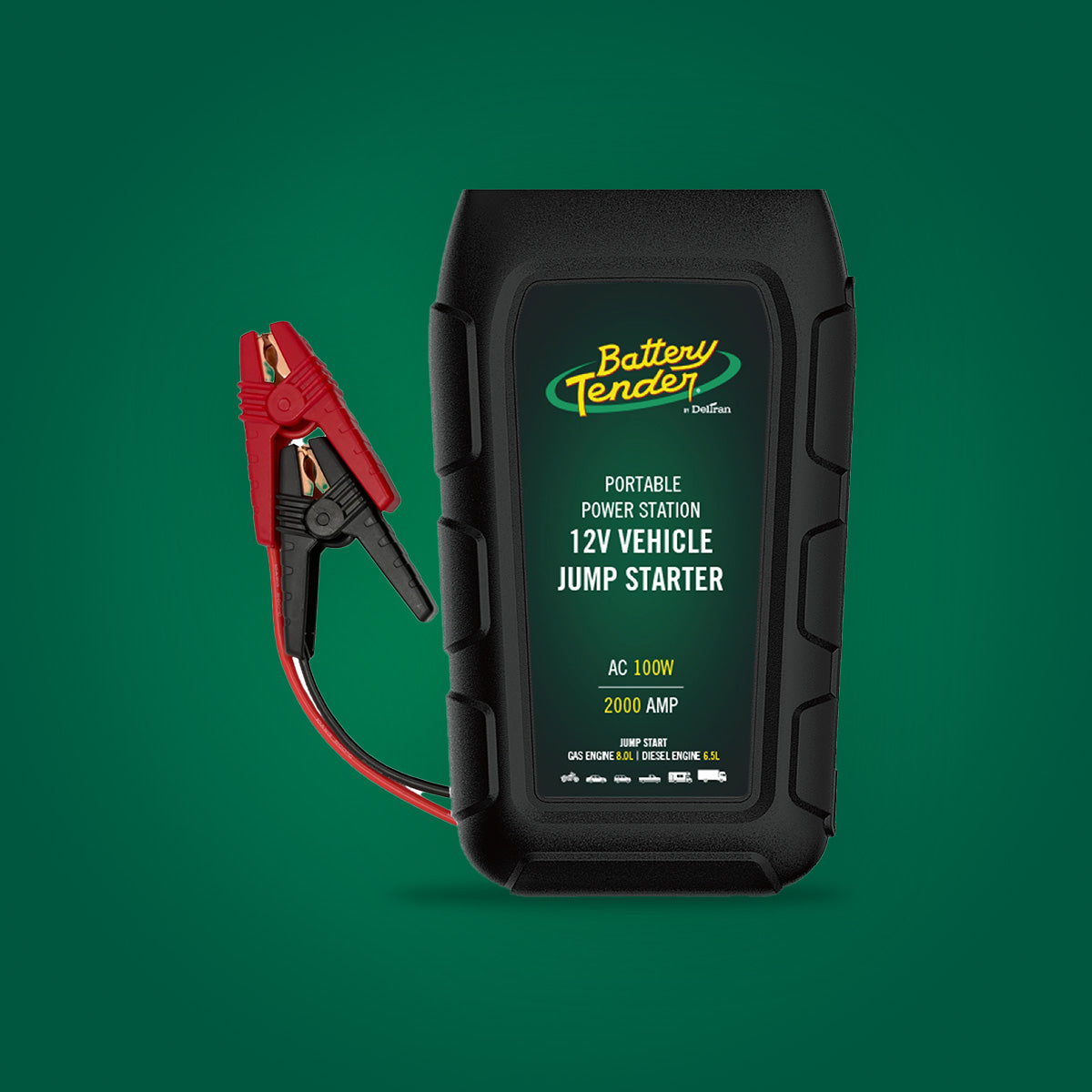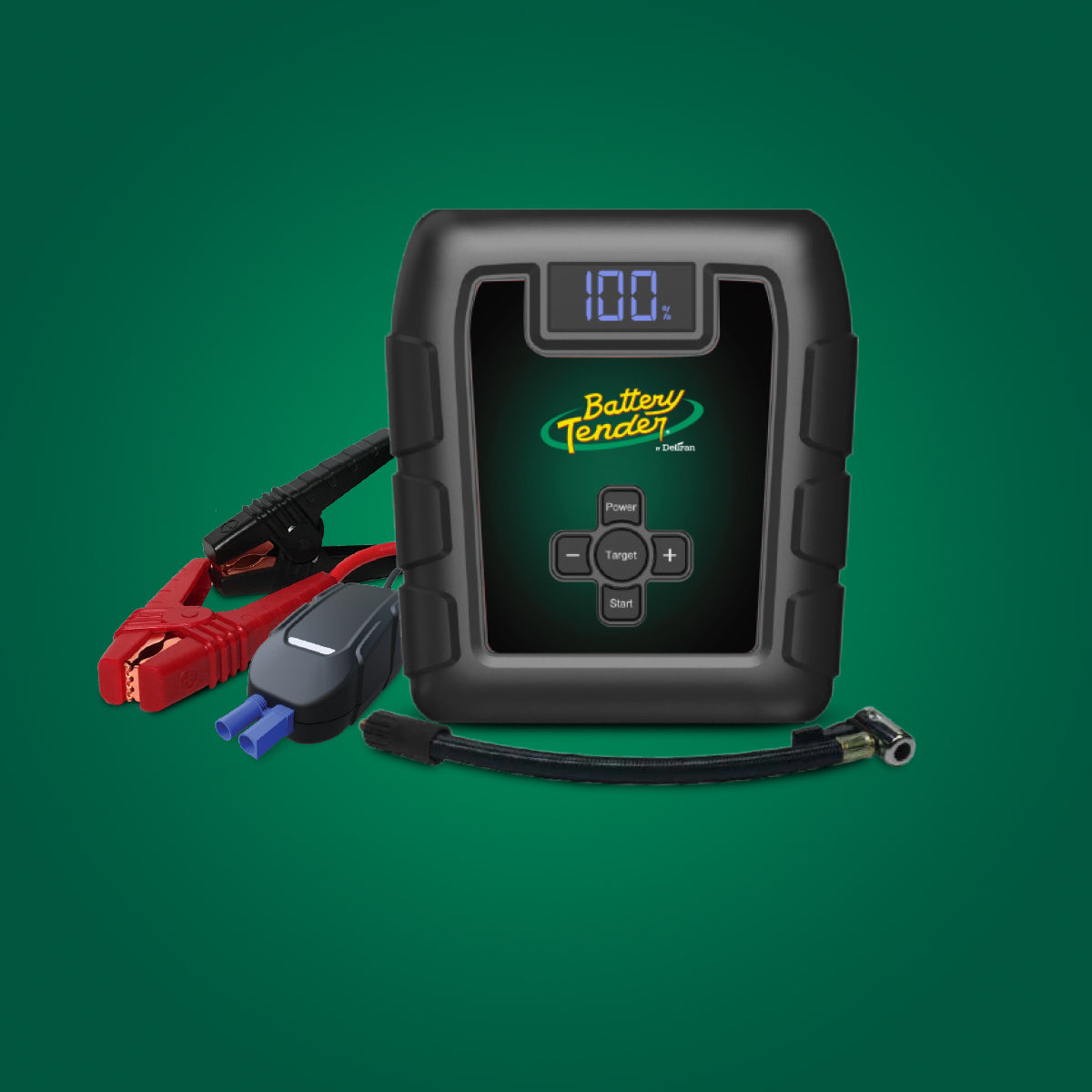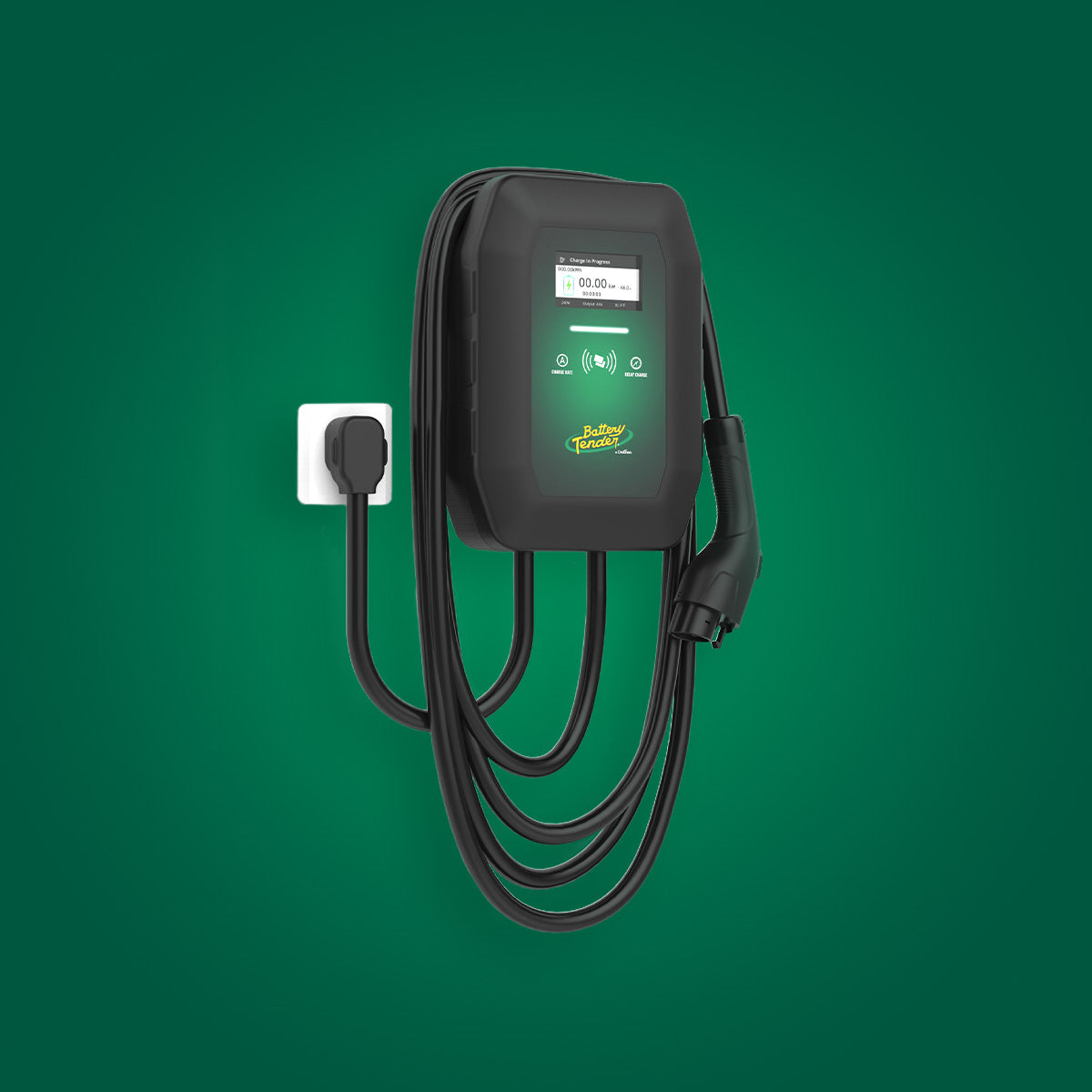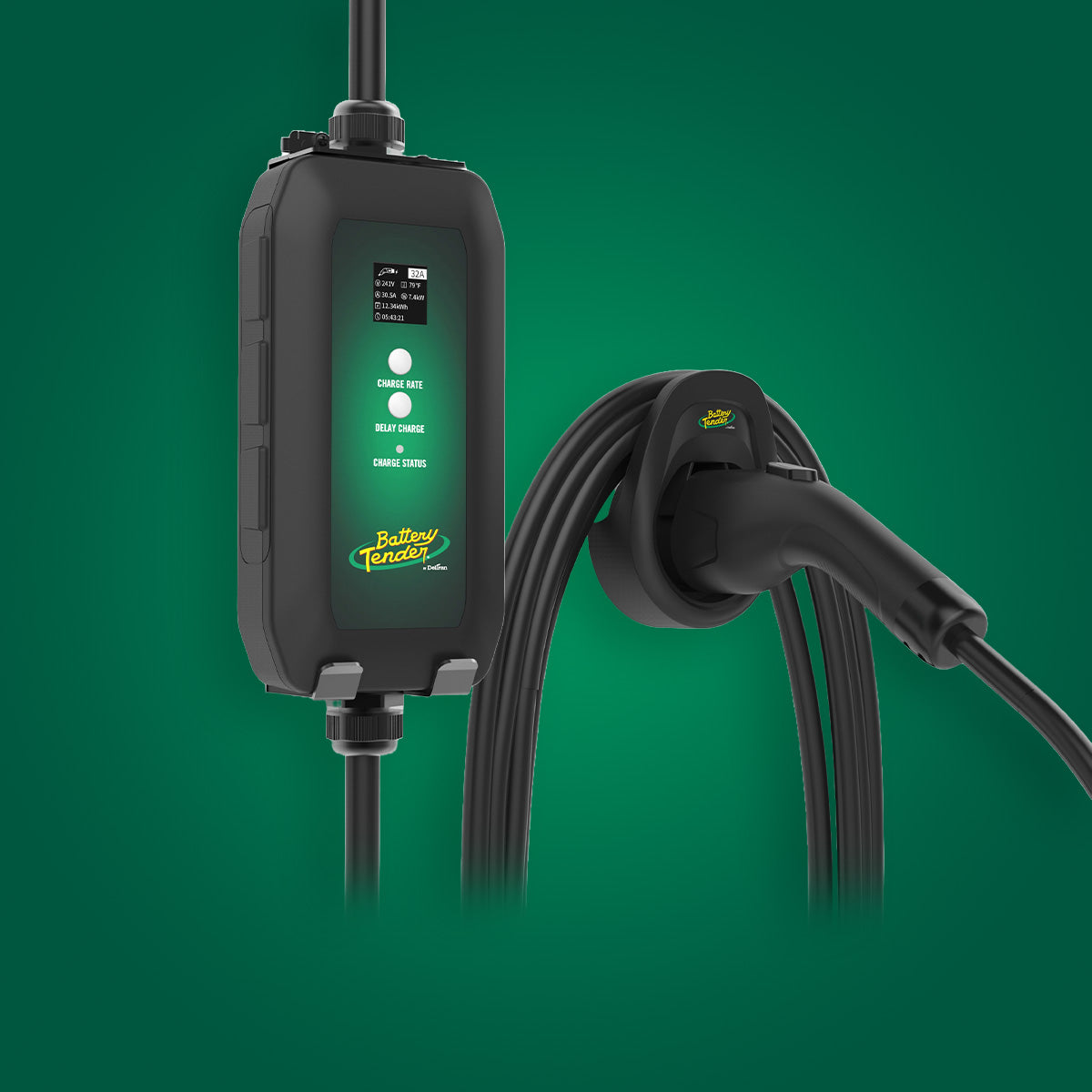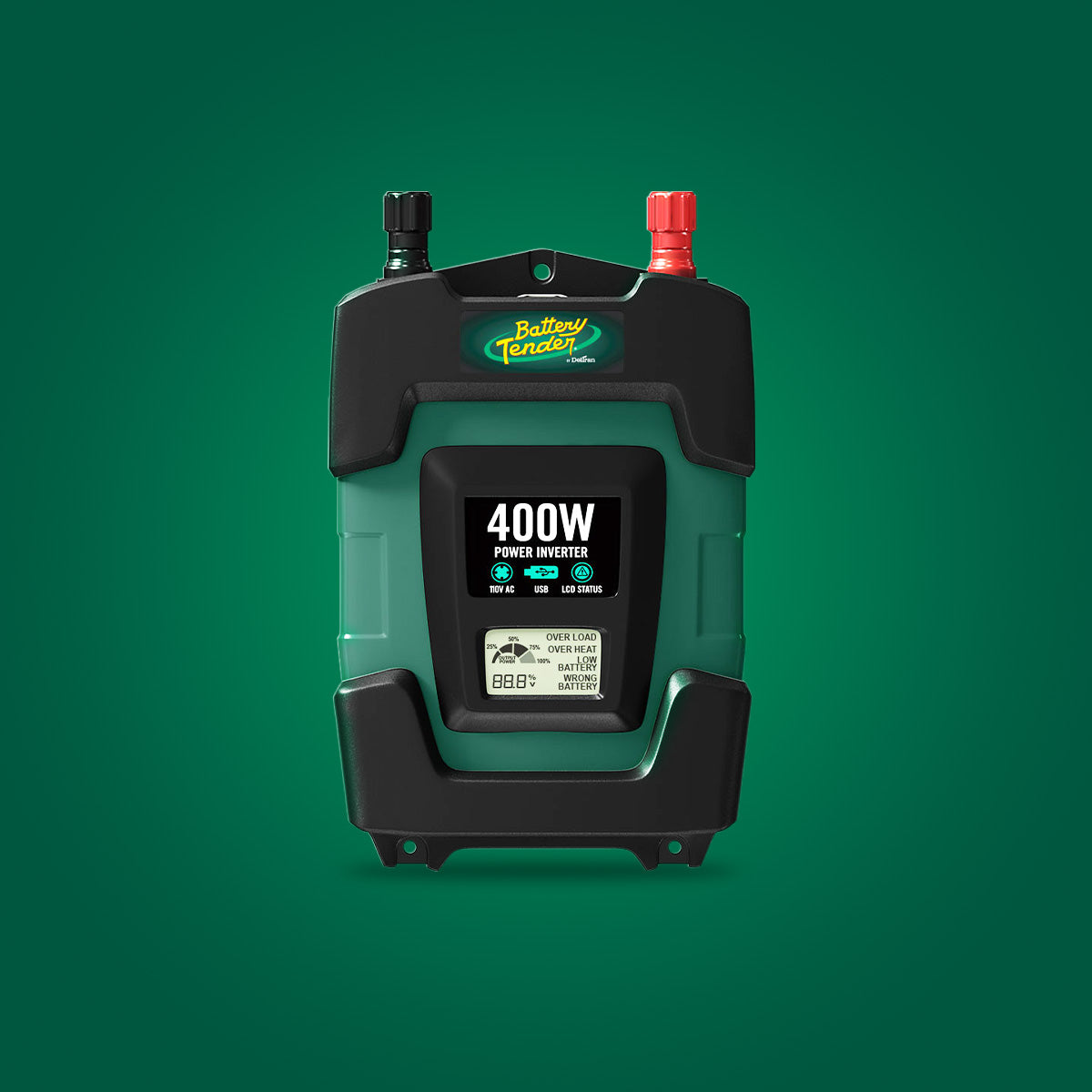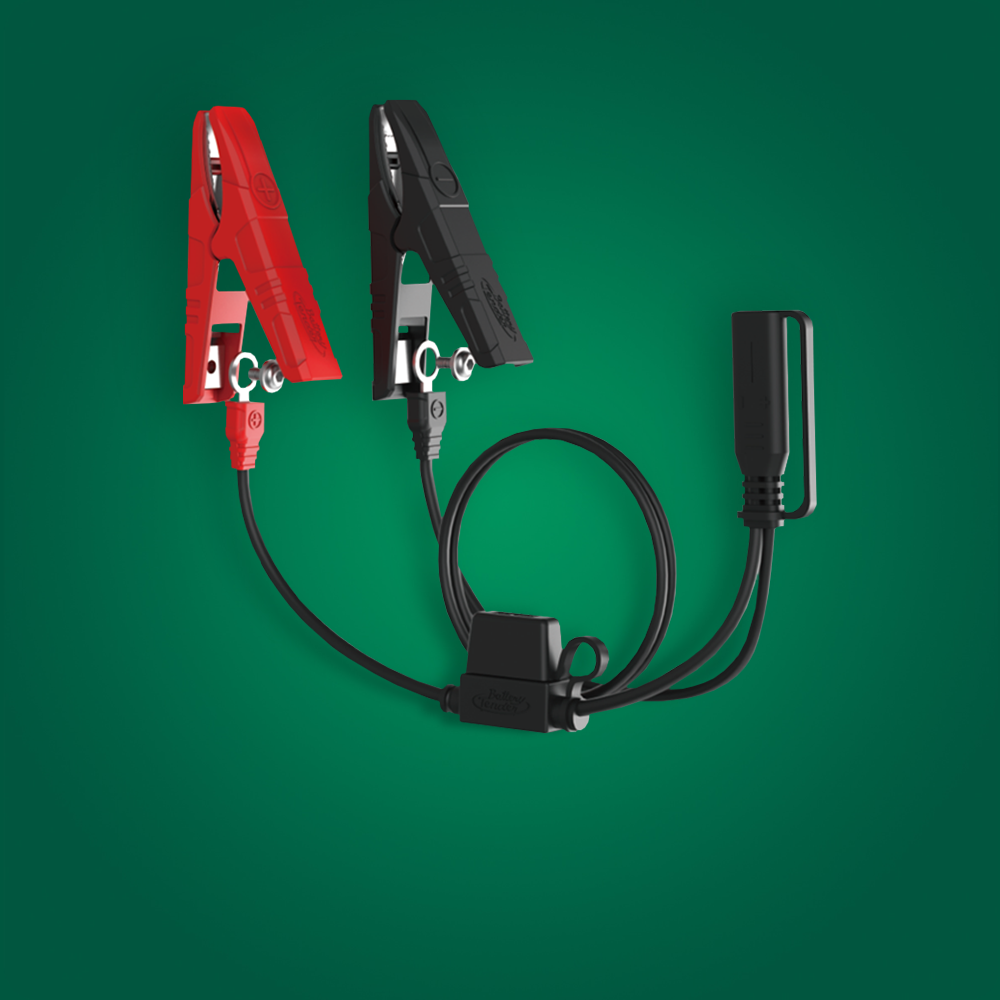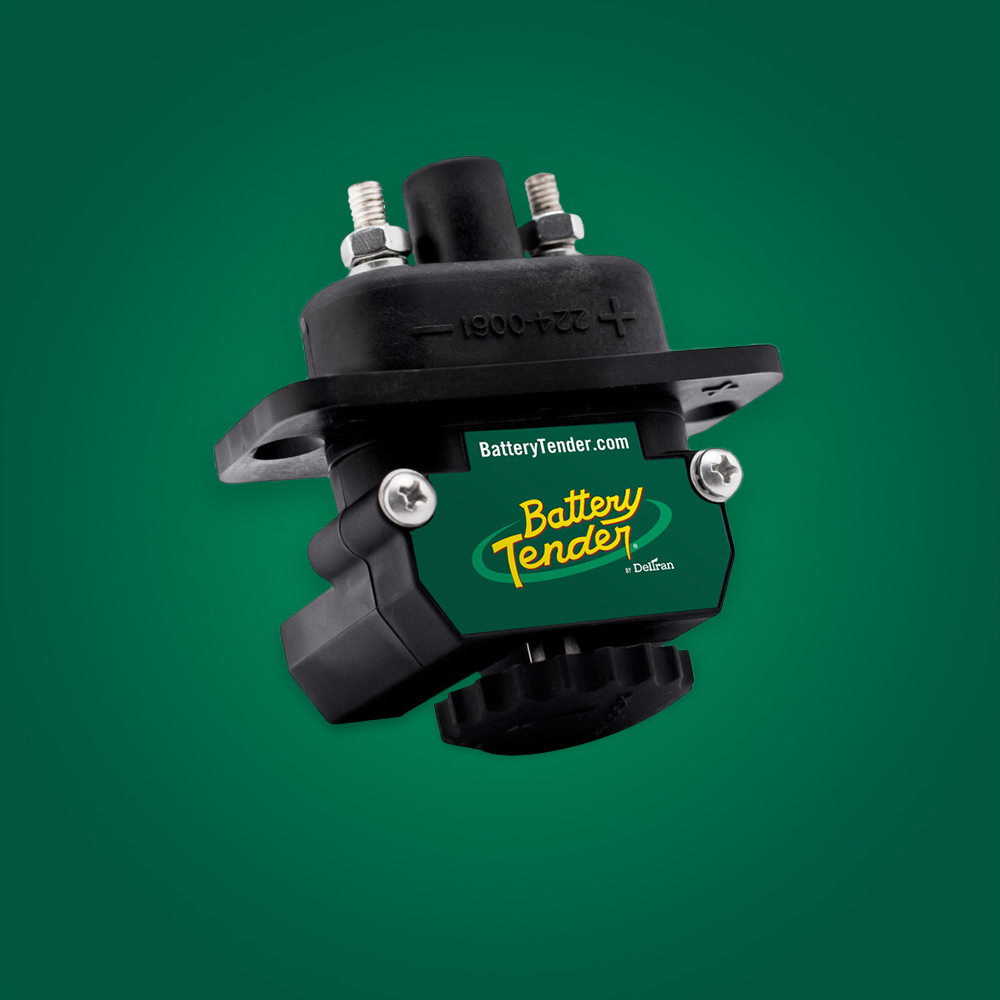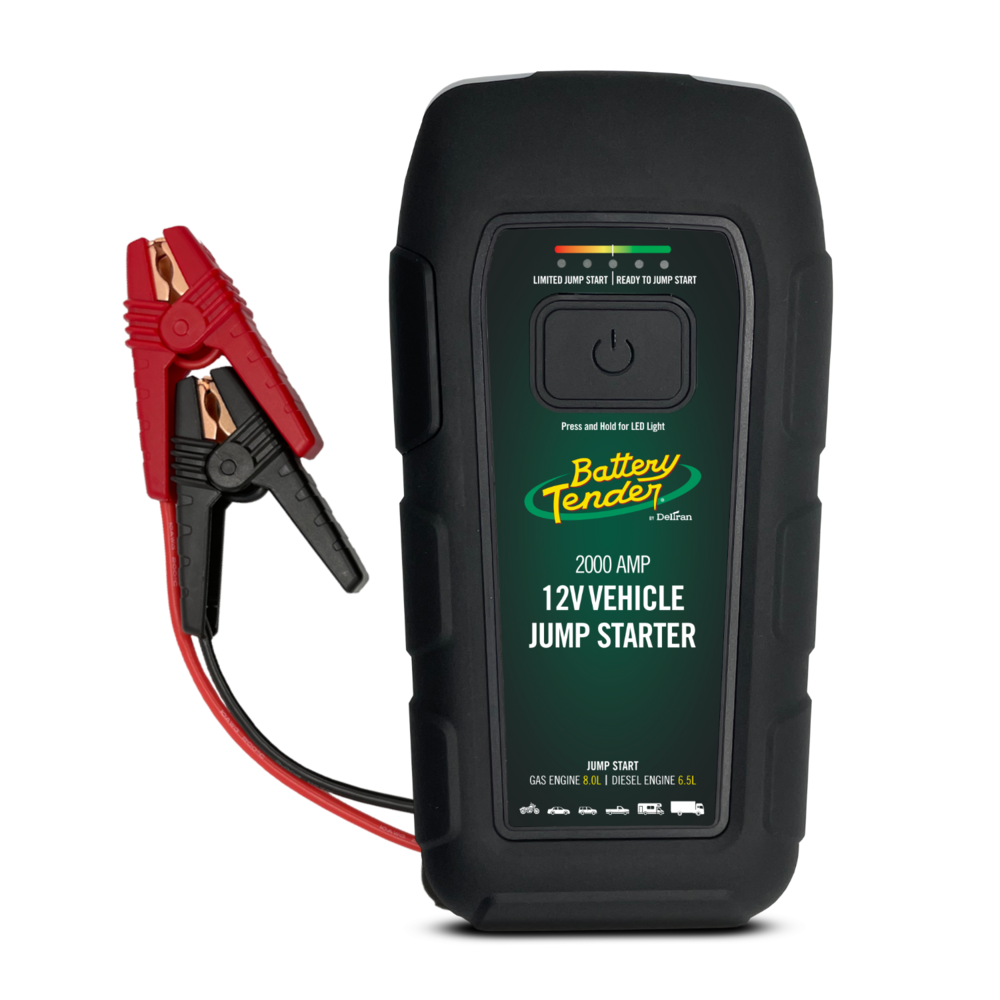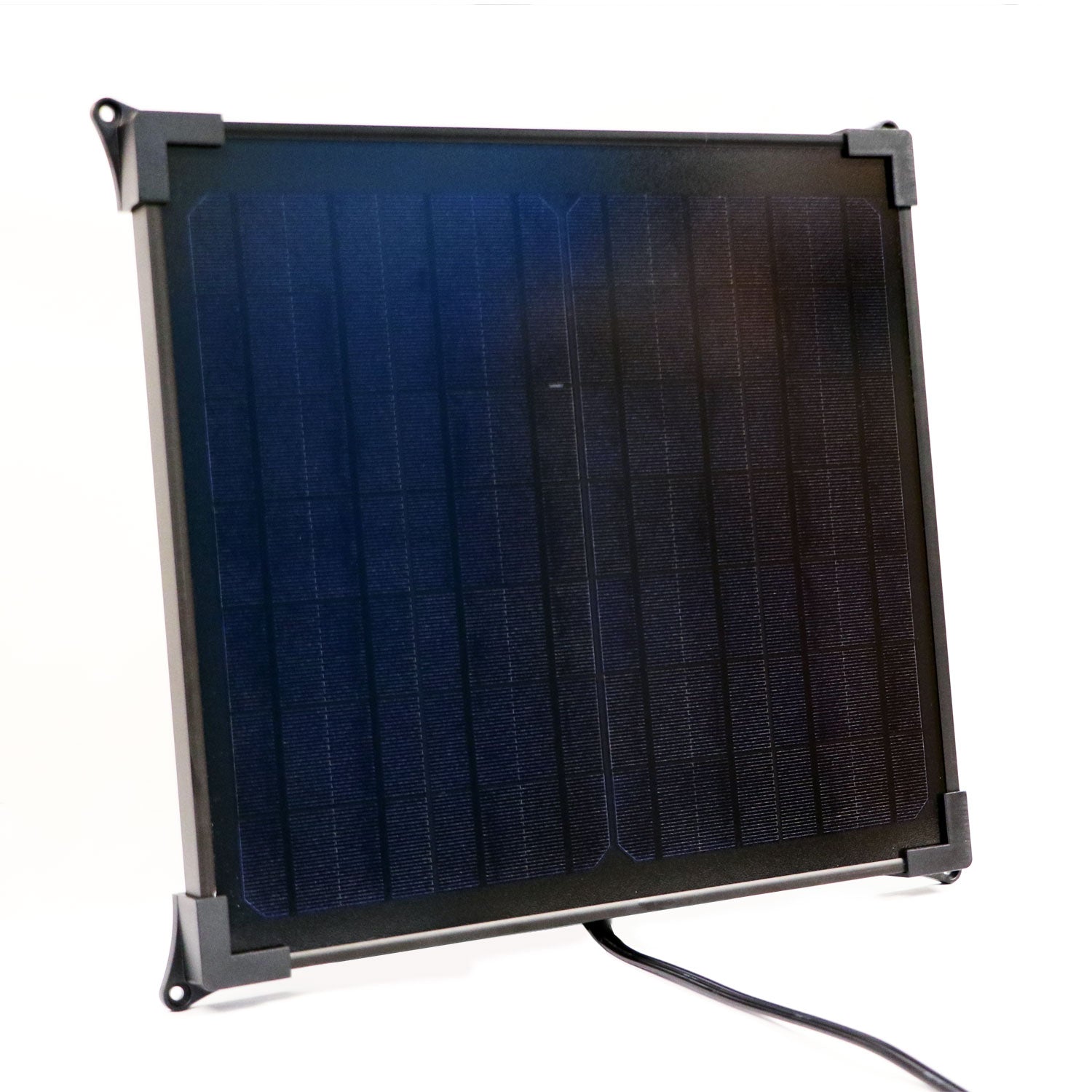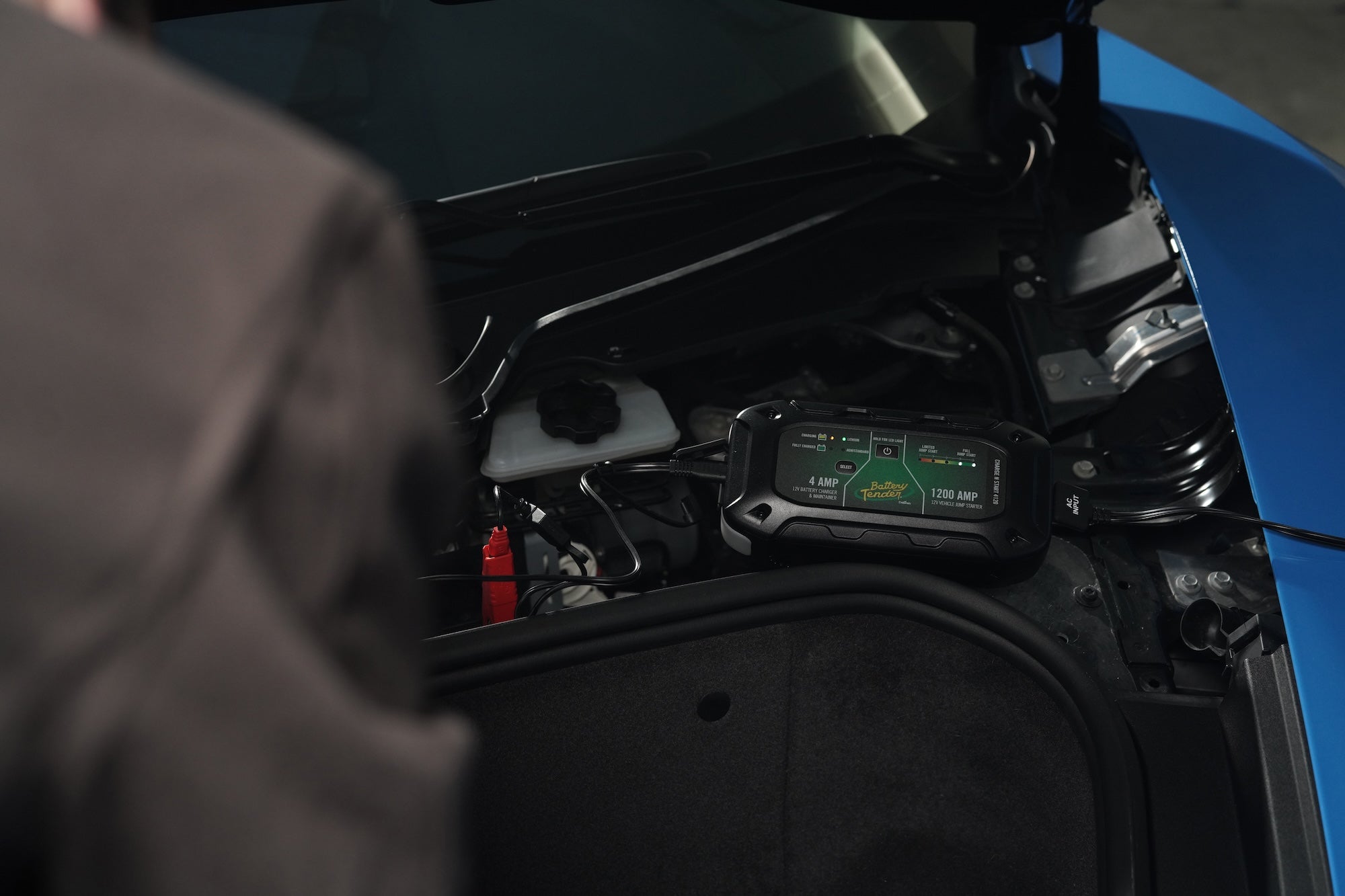Imagine a day in your life where things seem to flow smoothly. It’s just another day, and you’re ready to go to work, drop the kids off at school, or run errands. You get in your vehicle, turn the key to start it, and nothing happens. The engine doesn’t turn, and you’re getting that odd feeling that something doesn’t seem right.
This guide will help you answer the question of “how to tell if a car battery is dead.” The good news is that we have the answers, including what signs to look for to confirm it. Finally, we’ll also provide suggestions of jump starters and battery chargers you can consider to keep your battery alive. Let’s get started with what you need to do next.
A Car Battery Matters More Than You Think
A car’s battery is responsible for starting the engine and powering electrical systems when the vehicle is off. It would be safe to say that it’s the heart of the electrical system. Your car cannot start without it, nor will it have most of its operational functions, such as key fob access, access to your infotainment screen, and more.
In other words, you’re stuck. However, a dead car battery is a preventable issue. To take things further, different early warning signs point to a weak battery. The problem is that many car owners tend to overlook them because of how subtle some of those signs can be. Before you know it, they are stranded during their usual commute or a road trip far from home.
Suggested Products for a Dead Battery
It is important to have something on hand in the event of a dead car battery. You may want to consider the idea of purchasing a battery charger (especially if you plan on putting a vehicle in storage for a lengthy period). Here are some solutions we suggest to prevent or restart a dead battery:
1500 AMP Jump Starter - 12000 MAH Power Bank
At 1500 AMP, it’s more than enough to start a car’s dead battery. Having this jump starter on hand, even when you are on the road, will be a blessing, especially when it is designed to fit in your glove box. Not to mention, it is compatible with the following battery types: AGM, GEL, Lithium, and Standard (sealed or flooded lead acid) batteries.
3 AMP Power Tender 12V/6V Switchable Battery Charger
Preventing a dead battery is highly recommended. If you have a car that you don’t use year-round or just want the battery to stay operational, this battery charger could be a good option. It features two selectable voltage outputs: 12V and 6V. Like the jump starter, it’s compact, lightweight, and portable. It even has two easy-to-read light indicators that inform you of the charging status and if the battery voltage is too low for regular power loads.
6 Key Signs On How To Tell If a Car Battery Is Dead
These six key signs should give you indications on how to tell if a car battery is dead. Some of these are early warning signs that indicate that you’ll want to address the issue as soon as possible. Let’s take a look at the following key signs:
Slow Engine Crank or Doesn’t Crank At All
If the engine weakly cranks or doesn’t turn over at all, your battery will likely be the culprit, because it doesn’t have the juice required to start the car in the first place. If there is one sound that is associated with this issue, it’s that dreaded clicking sound you hear every time you attempt to start the car.
Your Dashboard Lights Dim or Flicker
If the dashboard lights dim or flicker, this is a major sign that your battery voltage is low. Even if the lights themselves appear normal, there’s a good chance this issue can still happen. One of the telltale signs is when the lights dim once you shut off the engine. When you cut the engine, the lights should automatically go off immediately. If you see the lights remain for a moment and slowly dim, this is a bad sign. It might be time to check the battery voltage or charge it accordingly. If in doubt, you can get it checked to see if it needs a full replacement.
Failing Electrical Components
These include, but are not limited to, the power windows, interior lights, and radio. If none of them are responsive, the battery is most likely drained. Even if one component barely works and the other might not, the issue is still the same.
Check Engine or Battery Warning Light
Both the “Check Engine” and “Battery Warning” lights are a blessing for modern vehicles, especially when they serve as early warning indicators of what could be going on, including potential battery issues.
Battery Terminals Are Corroded
If you notice any white buildup or corrosion on the battery terminals, this spells trouble for your vehicle. This will impede electrical flow to the battery and display symptoms that are typical for a dead or dying battery. That is why it is important to inspect your battery not just in terms of function, but also the physical aspects of it when necessary.
Rapid Clicking Noises
“Click-click-click” when you’re attempting to start your car is never a good thing to hear. Rapid clicking usually means the battery has just enough power to activate the starter solenoid, but not enough to turn the engine over. However, it doesn’t have the power to turn the engine.
What Are the Common Causes of a Dead Battery?
To understand what may have caused your battery to fail, consider these common culprits. Also, if you identify the issue, you can take preventative measures to ensure it doesn’t happen again.
- Age: The older the battery, the more likely it is that a replacement via DIY or through auto shops is the best solution. Typically, a battery that is 3 to 5 years old should be changed. Keeping your battery on a battery charger can extend its life by up to 4x.
- Parasitic Drain: Components like electronics, lights, or faulty relays are a common sign of draining power to the point where the battery may lose power rapidly.
- Frequent Short Drives: If you’re taking short drives for extended periods, the alternator won’t have a chance to fully recharge the battery. A bad alternator will indeed threaten the health of your battery. In that case, you will need to get your car to a service center as soon as possible.
- Extreme Weather Conditions: The battery may not function properly when frequently exposed to cold temperatures and extreme heat. If your vehicle is stored in a garage in the winter months, it is ideal to connect a battery charger and maintainer to the battery itself.
- Long Inactivity Periods: If you store a car and let it sit for a long period, the battery can lose its power slowly. In other words, it’s a slow and silent death for it. One more good reason why a battery charger and maintainer might work here.
What To Do If Your Battery Is Dead
After confirming that your battery is dead, there are two options: you can jump-start it or recharge it. If none of these solutions are feasible, your last resort is an outright replacement. In the meantime, here’s how to perform the following options:
- Jump-Start It: You can use a Battery Tender jump starter that is compact and ready to use whenever you are at home or on the go. Connect the cables to the proper charges and operate the jump-starting device as instructed.
- Recharge It: A battery charger and maintainer can be the best option. It can be used to prevent the overcharging of the battery. Battery Tender has charger options that automatically switch to Float Mode whenever the battery fully charges. Some chargers work as maintainers to ensure the battery remains functional even if the car is stored in conditions where a battery may otherwise die slowly.
Don’t Let a Dead Battery Ruin Your Day
Now that you can determine if your car battery is dead, do your part to bring it back to life. If you want to be prepared for when it could happen, Battery Tender has the chargers and jump starters you’ll need to keep the battery running for as long as possible. Be sure to check and see what devices best fit your vehicle today.

